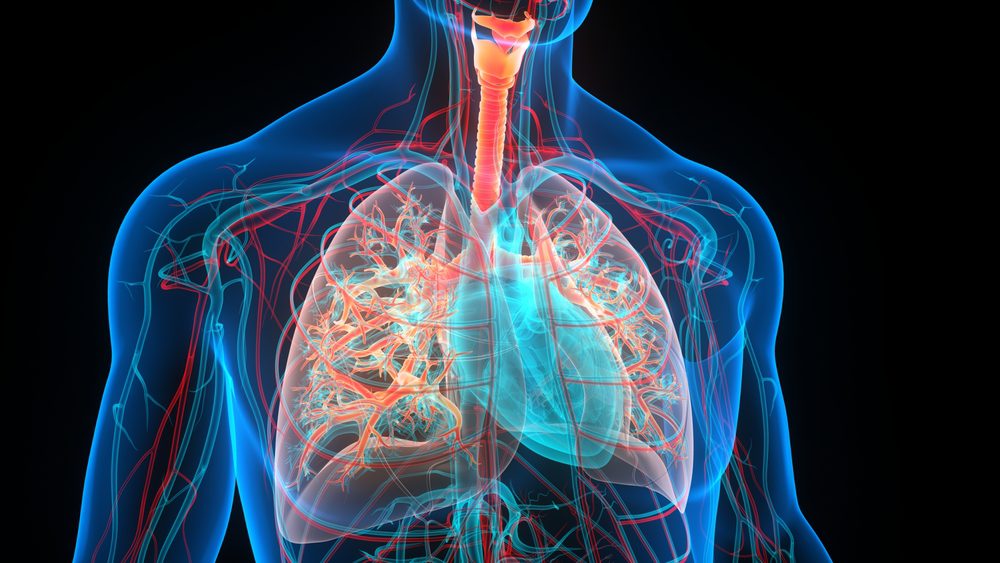Lung cancer is the leading cause of cancer-related deaths worldwide.
Stage 4 lung cancer is the most advanced stage of the disease where the cancer has spread to other parts of the body.
Types of Stage 4 Lung Cancer
There are two main types of lung cancer: non-small cell lung cancer (NSCLC) and small cell lung cancer (SCLC).
- NSCLC is the most common type of lung cancer, accounting for 80% to 85% of cases.
- SCLC is less common, accounting for 10% to 15% of cases. Both types of lung cancer can progress to stage 4.
Symptoms of Stage 4 Lung Cancer
Symptoms of stage 4 lung cancer vary from person to person, but they often include:
- persistent coughing
- shortness of breath
- chest pain
- fatigue
- unexplained weight loss
- loss of appetite
Some also experience hoarseness, difficulty swallowing and swelling of the face or neck.
Treatments for Stage 4 Lung Cancer
While there is no cure for stage 4 lung cancer, treatment can help manage symptoms and prolong life.
The treatment plan for stage 4 lung cancer may include:
- Chemotherapy
- Radiation therapy
- Targeted therapy
- Immunotherapy.
Surgery is generally not an option for stage 4 lung cancer since the cancer has spread to other parts of the body.
Chemotherapy drugs are a common treatment for stage 4 lung cancer.
Radiation therapy involves using high-energy radiation to kill cancer cells.
Targeted therapy involves drugs that target specific molecules within cancer cells, while immunotherapy uses the body’s immune system to fight cancer cells.
What To Expect With Stage 4 Lung Cancer
Patients with stage 4 non-small cell lung cancer that has not spread far have a five-year relative survival rate of 37 percent.
Those with stage 4 non-small cell lung cancer that has spread throughout the body have a five-year relative survival rate of around 8 percent.
For metastatic (stage 4) small cell lung cancer that has spread throughout the body, the five-year relative survival rate is around 3 percent.
Yet, for those with stage 4 small cell lung cancer that has not spread far, the five-year relative survival rate is around 18 percent.
It’s important to remember that these rates are based on patients diagnosed at least five years ago and may not account for the latest advancements in treatment options or medical research advances.
Recent advancements in treatment options offer hope and are improving outcomes.
Stage 4 lung cancer is a serious disease that requires immediate medical attention.
If you or a loved one may be experiencing symptoms of lung cancer, it’s important to see a doctor as soon as possible. Early diagnosis and treatment can improve your chances of a positive outcome.








